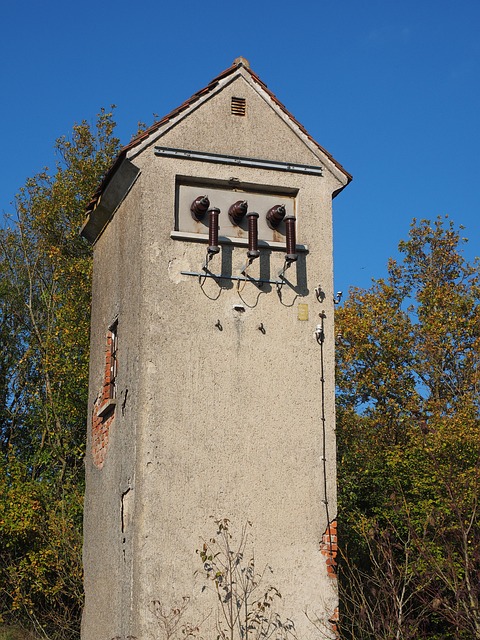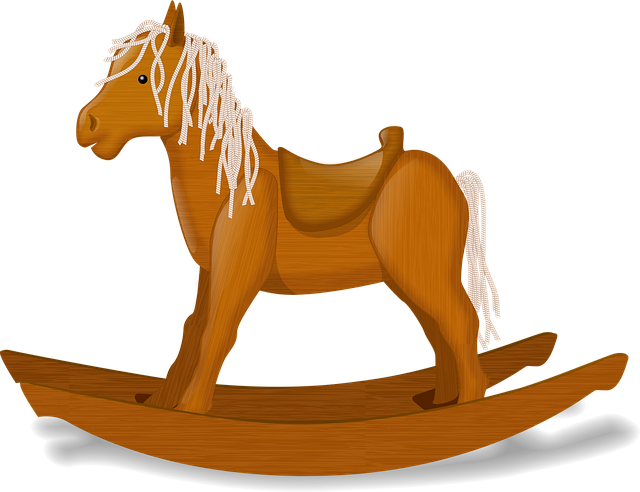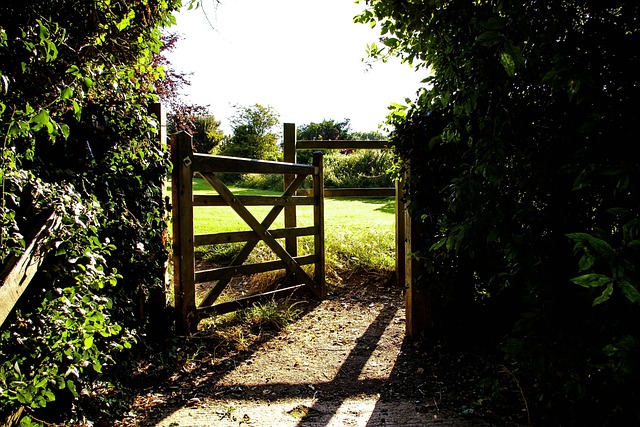Effective yard waste management involves categorizing and handling organic materials like grass clippings, leaves, and branches for environmental sustainability. Composting creates nutrient-rich soil amendments while recycling transforms larger items into wood chips or firewood. Exploring local initiatives ensures proper disposal, reduces landfill strain, and promotes a circular economy, contributing to both healthier lawns and a greener future through responsible yard waste removal and recycling practices.
Lawn debris management is a common struggle for many homeowners, but proper disposal doesn’t have to be a hassle. This comprehensive guide aims to simplify yard waste removal and recycling. We’ll explore different types of yard debris, their environmental impact, and effective disposal methods. Discover efficient strategies to reduce, reuse, and recycle lawn waste, ensuring a greener and more sustainable approach to yard care. Learn how these practices benefit both your local ecosystem and the overall health of your landscape.
- Understanding Yard Waste: Types and Their Impact
- Efficient Lawn Debris Disposal Methods
- Benefits of Recycling Yard Waste
Understanding Yard Waste: Types and Their Impact

Lawn debris, often overlooked, is a significant aspect of yard waste removal and recycling. It encompasses a variety of materials, from grass clippings and leaves to branches and small twigs. Proper disposal and management of these byproducts are essential for maintaining a healthy lawn and environment. Different types of yard waste have distinct impacts; for instance, organic matter like leaves and grass clippings enrich the soil when composted, while larger debris like branches can be used for firewood or recycled into wood chips for landscaping.
Understanding the types of yard waste is crucial in implementing effective disposal strategies. Grass clippings, being high in nitrogen, should be returned to the lawn to avoid nutrient pollution in nearby bodies of water. Leaves, rich in carbon and nitrogen, are excellent for composting, reducing the need for synthetic fertilizers. Branches and twigs, after proper trimming and sorting, can be recycled or repurposed, minimizing their impact on landfills. Efficient yard waste removal practices not only contribute to environmental conservation but also promote a sustainable lifestyle for homeowners.
Efficient Lawn Debris Disposal Methods

Lawn debris disposal doesn’t have to be a chore. By adopting efficient methods, you can transform yard waste into valuable resources for recycling. One popular and eco-friendly approach is composting, which reduces the amount of organic material ending up in landfills. Start by gathering leaves, grass clippings, and other plant trimmings, then mix them with brown materials like dry leaves or wood chips to create a nutrient-rich compost that can be used to enhance soil quality in your garden.
Another effective strategy for Yard Waste Removal is recycling. Many communities offer programs for collecting and processing various types of yard debris, such as plastic plant pots, paper bags, and even certain types of wood. These materials can be repurposed into new products, reducing the demand for virgin resources and minimizing environmental impact. Explore local initiatives or contact your municipality to learn about available options for proper disposal and recycling of lawn debris.
Benefits of Recycling Yard Waste

Recycling yard waste offers numerous advantages that extend beyond a cleaner lawn. By repurposing grass clippings, leaves, and garden trimmings, you’re contributing to a more sustainable environment. These organic materials can be transformed into nutrient-rich compost, which is an excellent natural fertilizer for your garden. This reduces the need for synthetic chemicals, promoting healthier plants and soil.
Moreover, yard waste recycling cuts down on the amount of waste sent to landfills. Landfills are already overflowing with non-biodegradable materials, so diverting organic matter can significantly reduce their strain. It’s an eco-friendly approach that promotes a circular economy, where resources are reused and recycled, leading to a greener and more sustainable future.
In conclusion, effective yard waste removal and recycling are not only environmentally beneficial but also simplify lawn debris disposal. By understanding different types of yard waste and adopting efficient methods like composting and recycling, homeowners can reduce environmental impact and create a greener, more sustainable space. These practices not only enhance the health of your lawn but also contribute to a healthier planet, making it a win-win for everyone.














